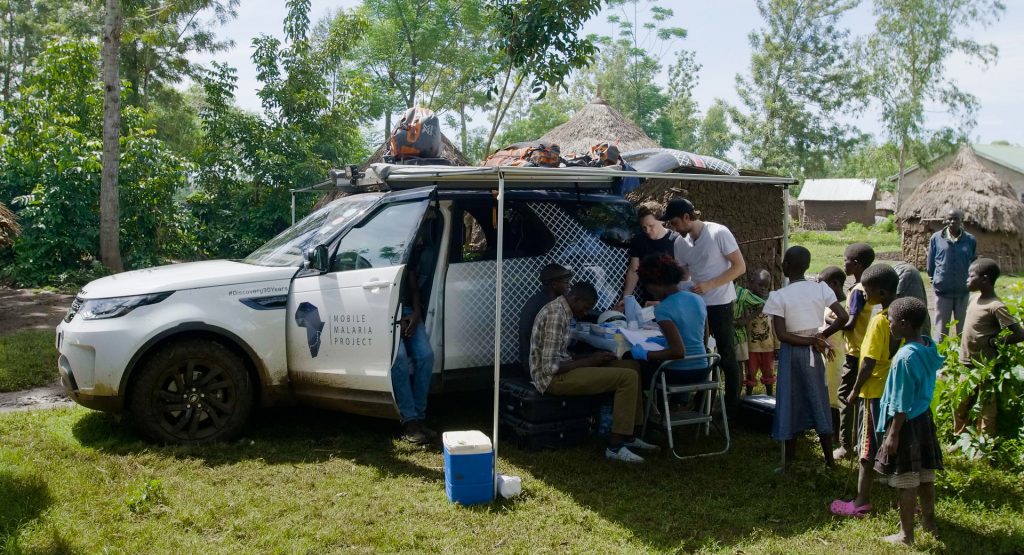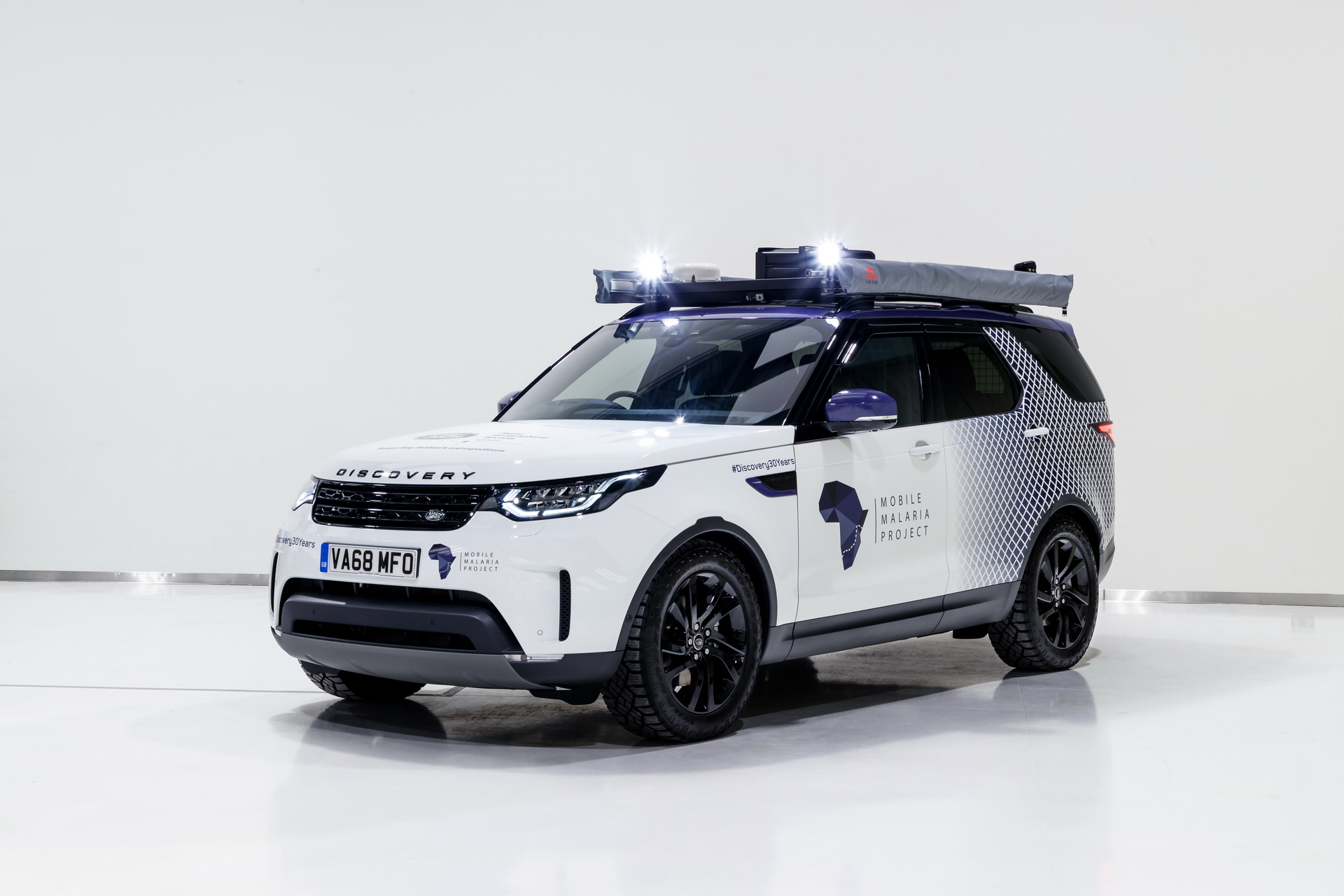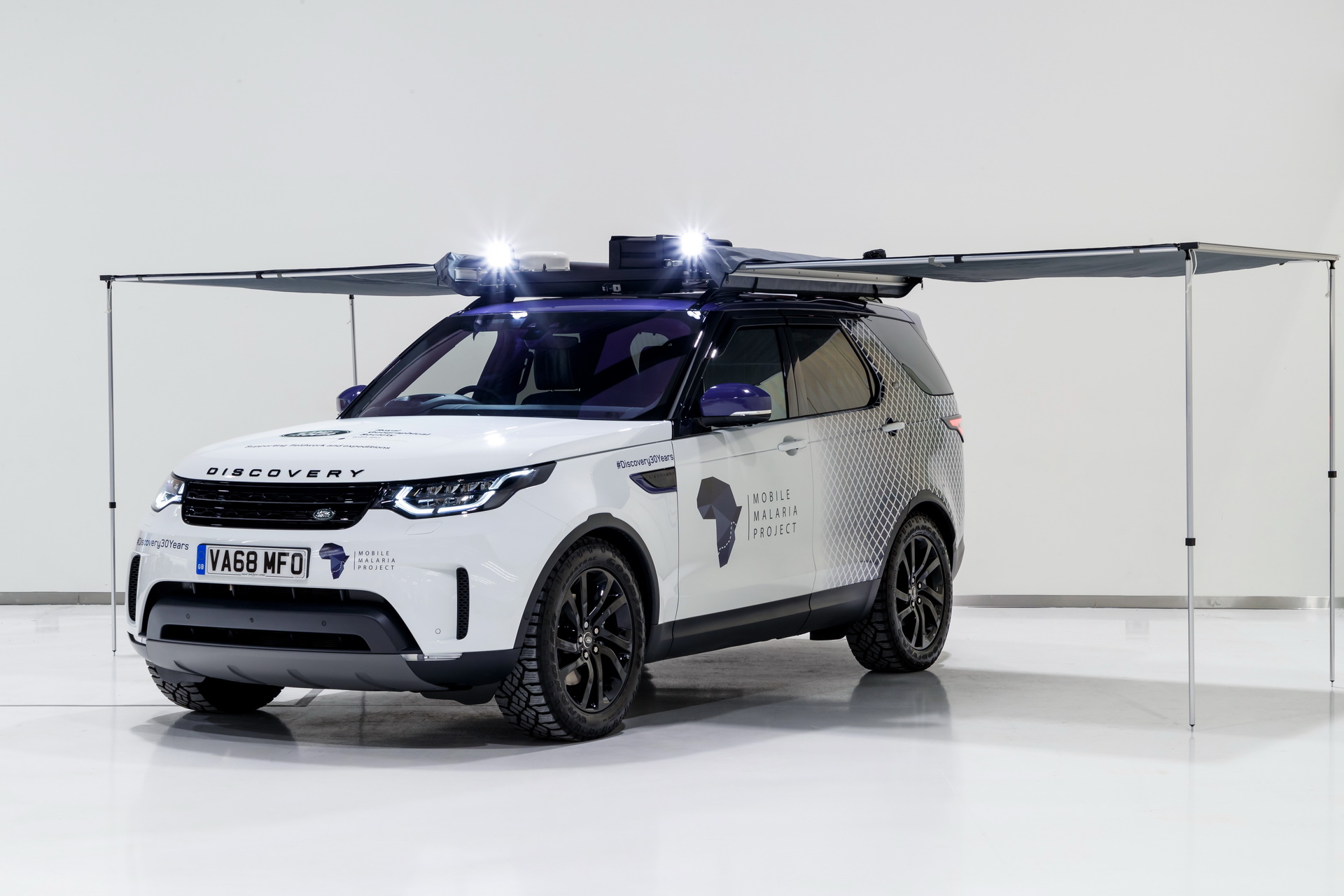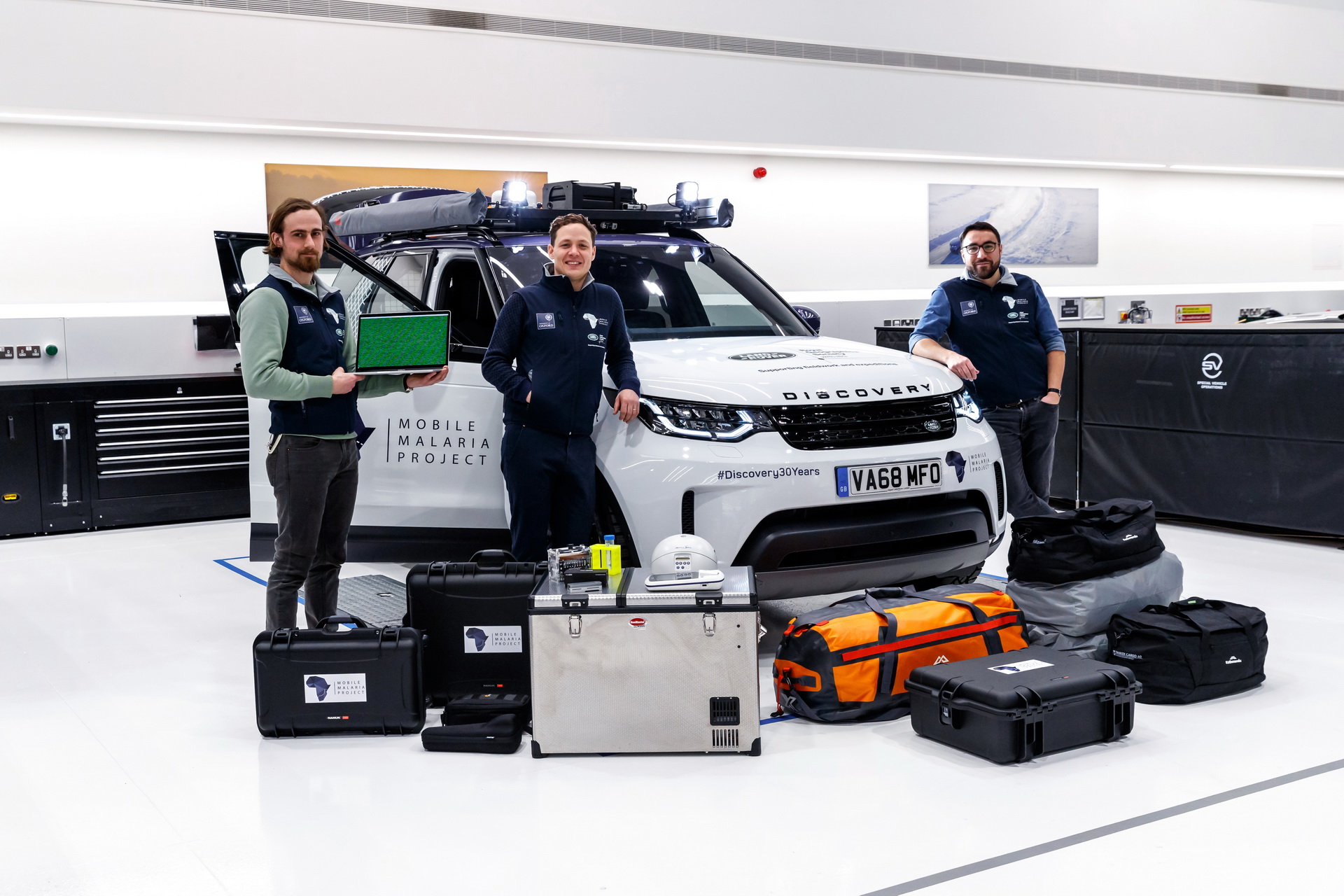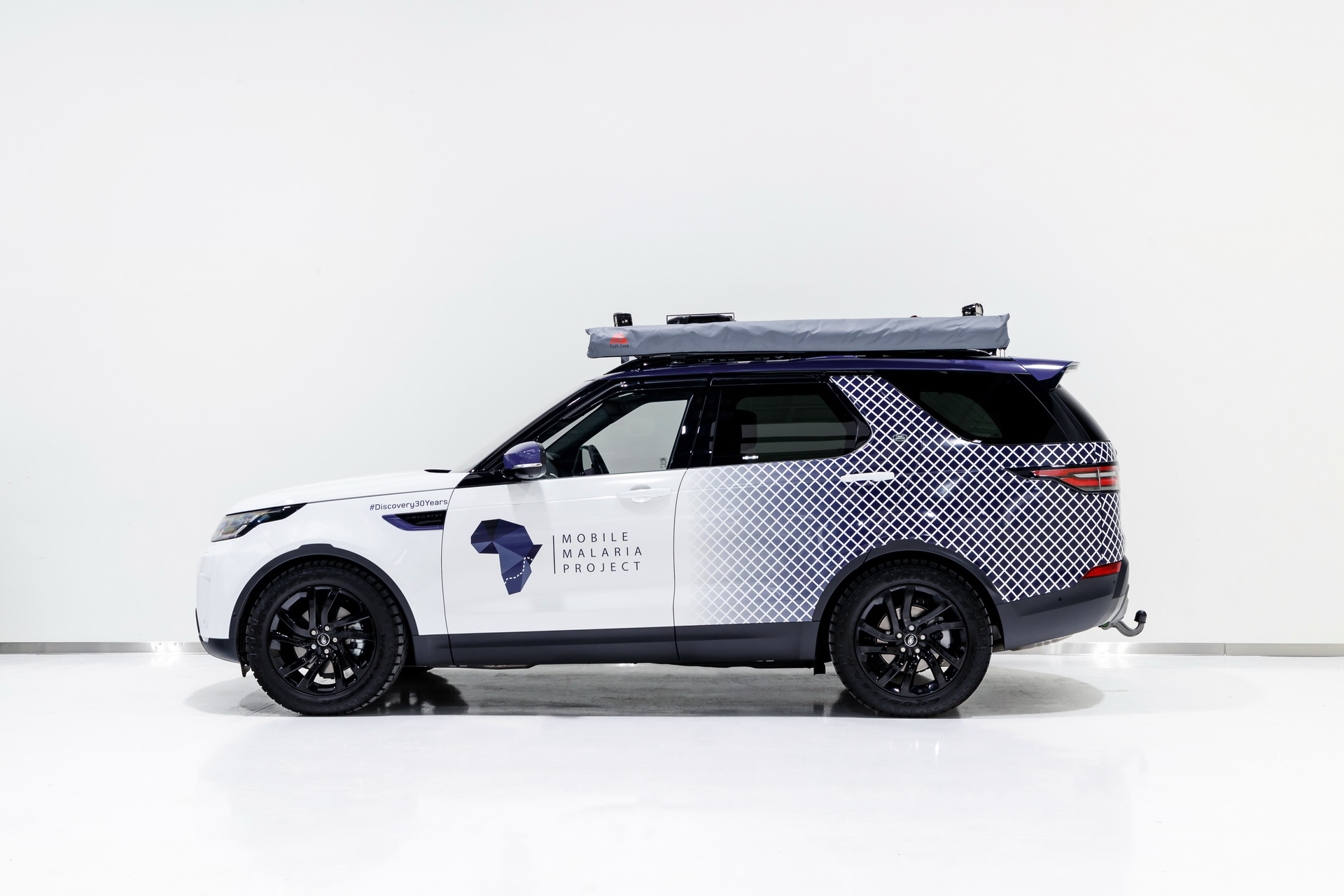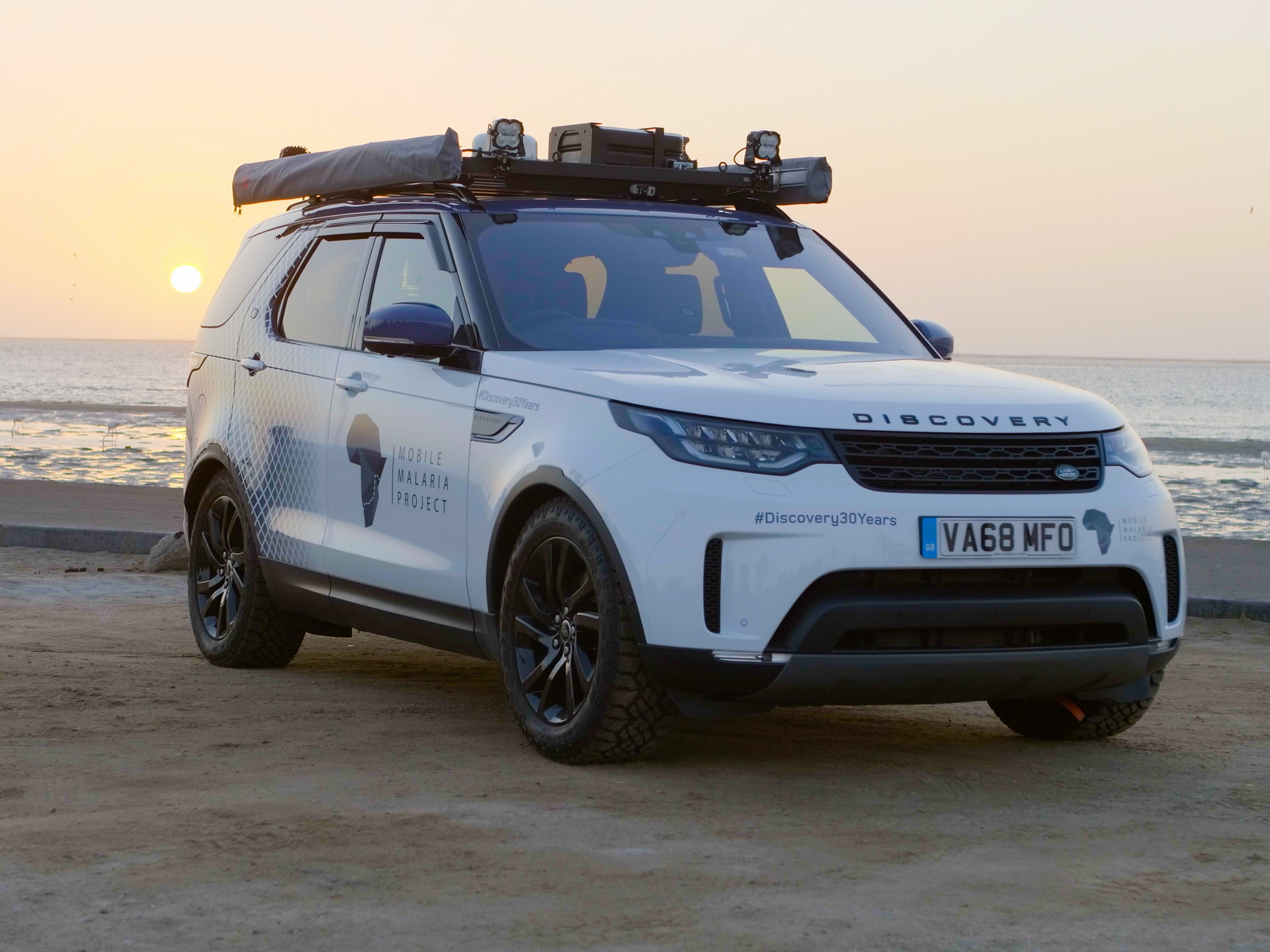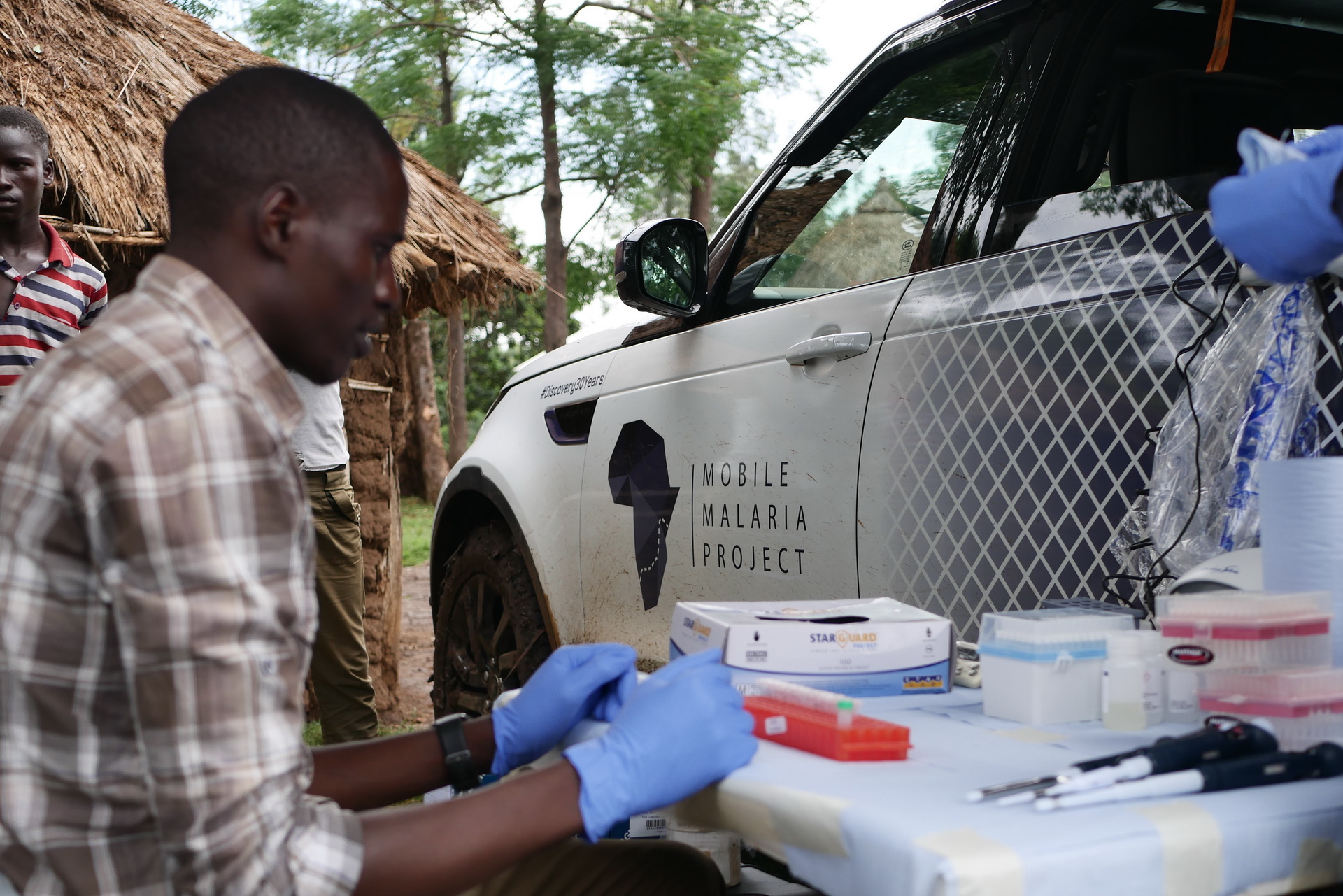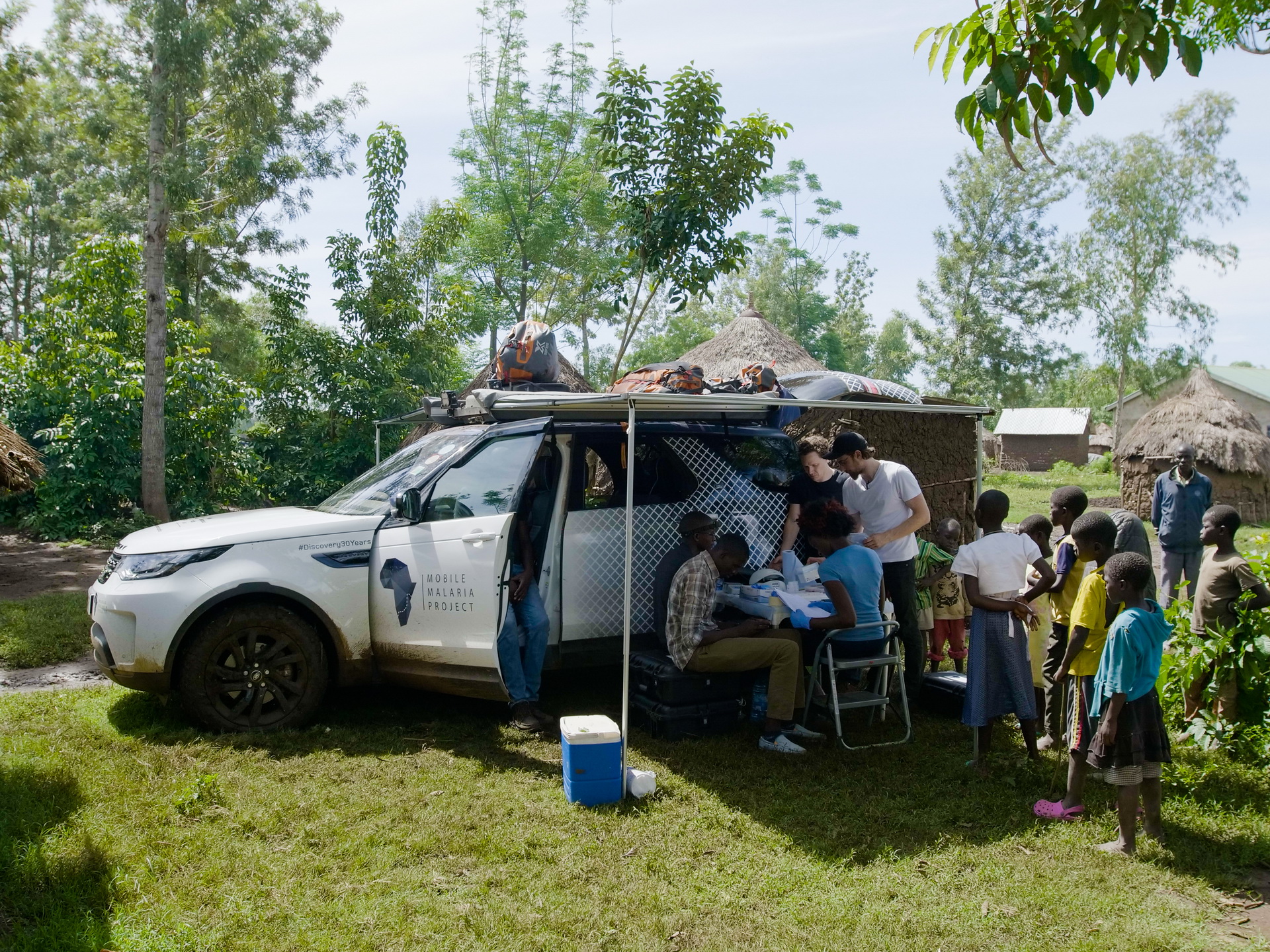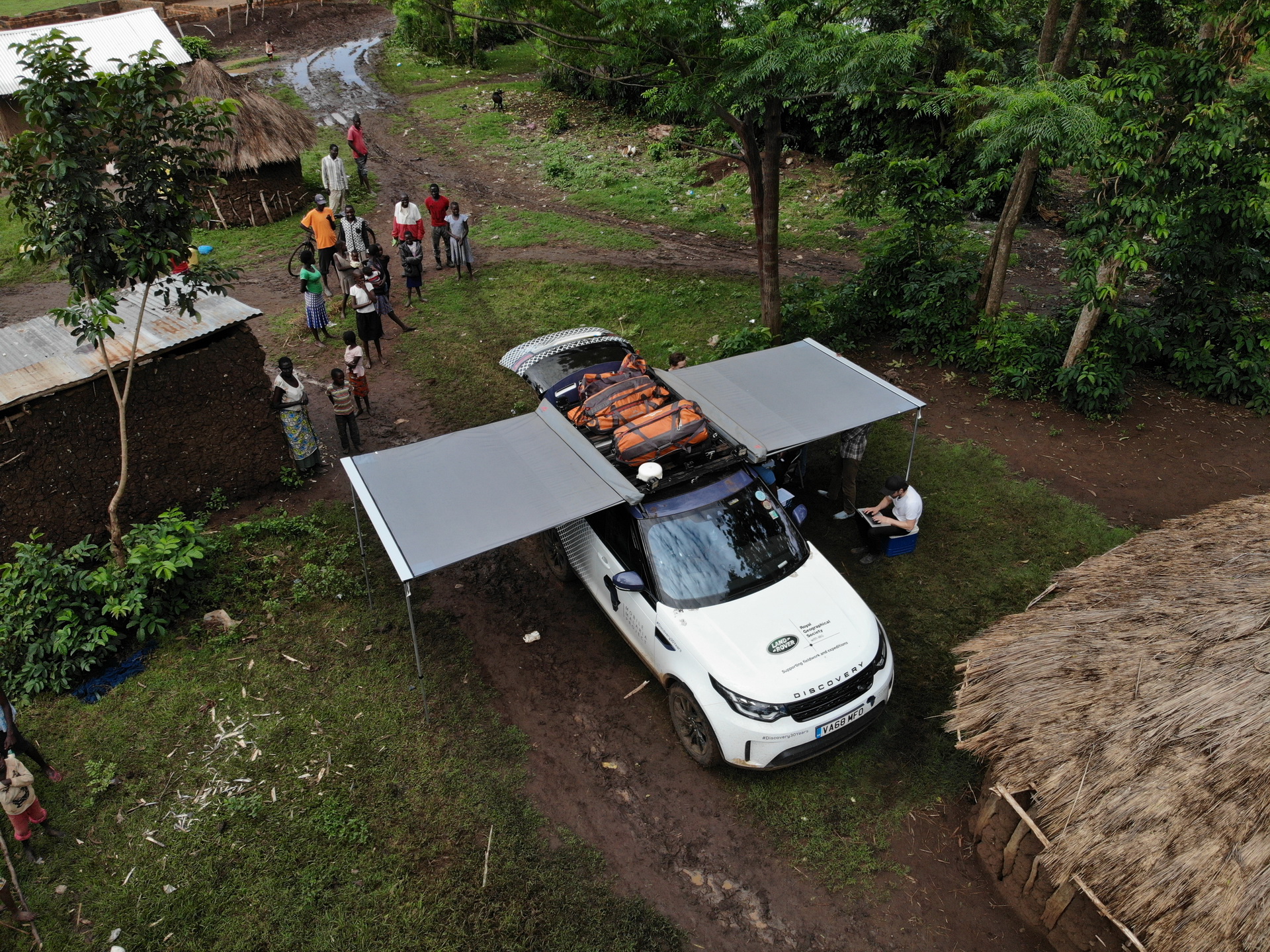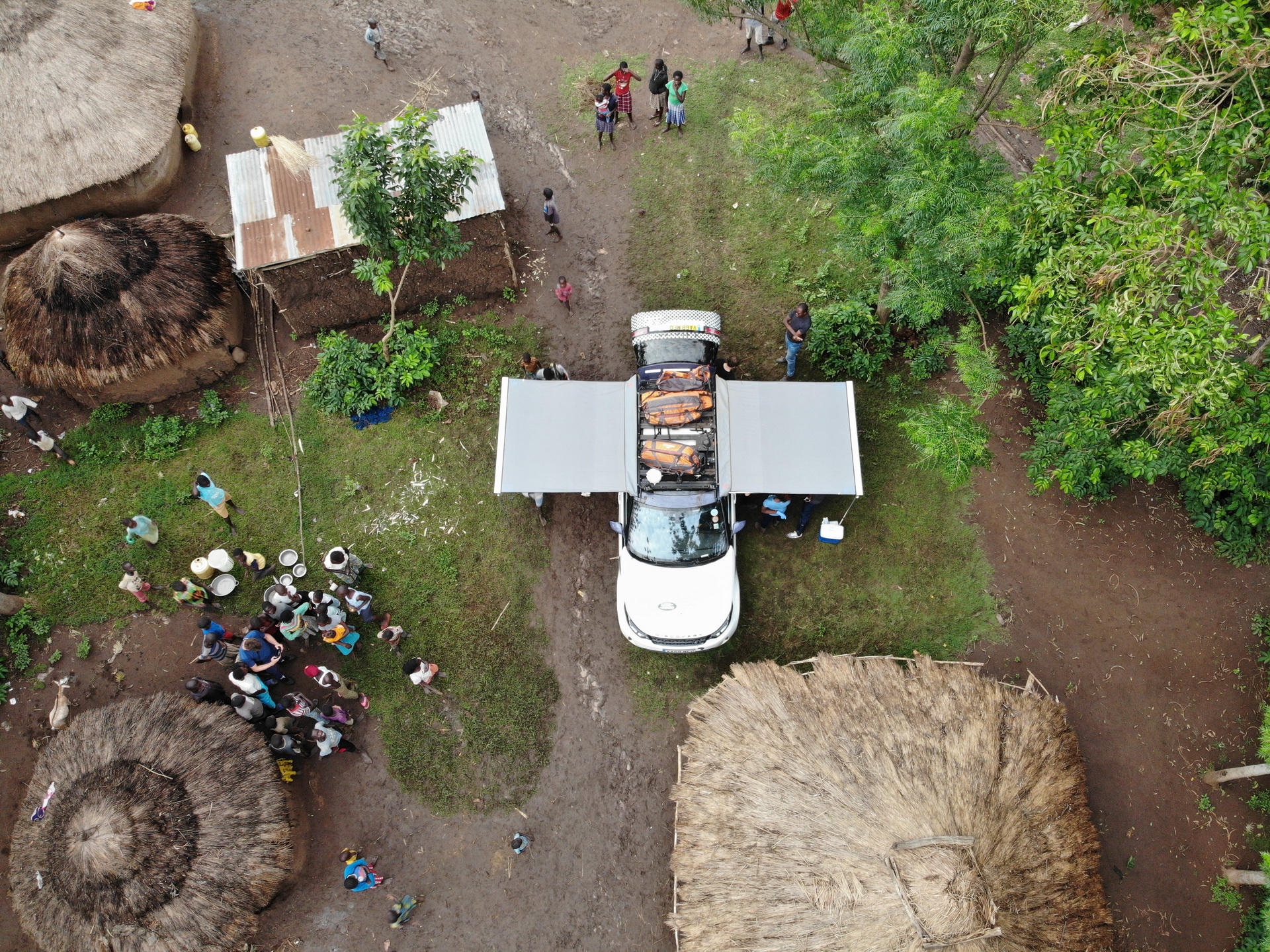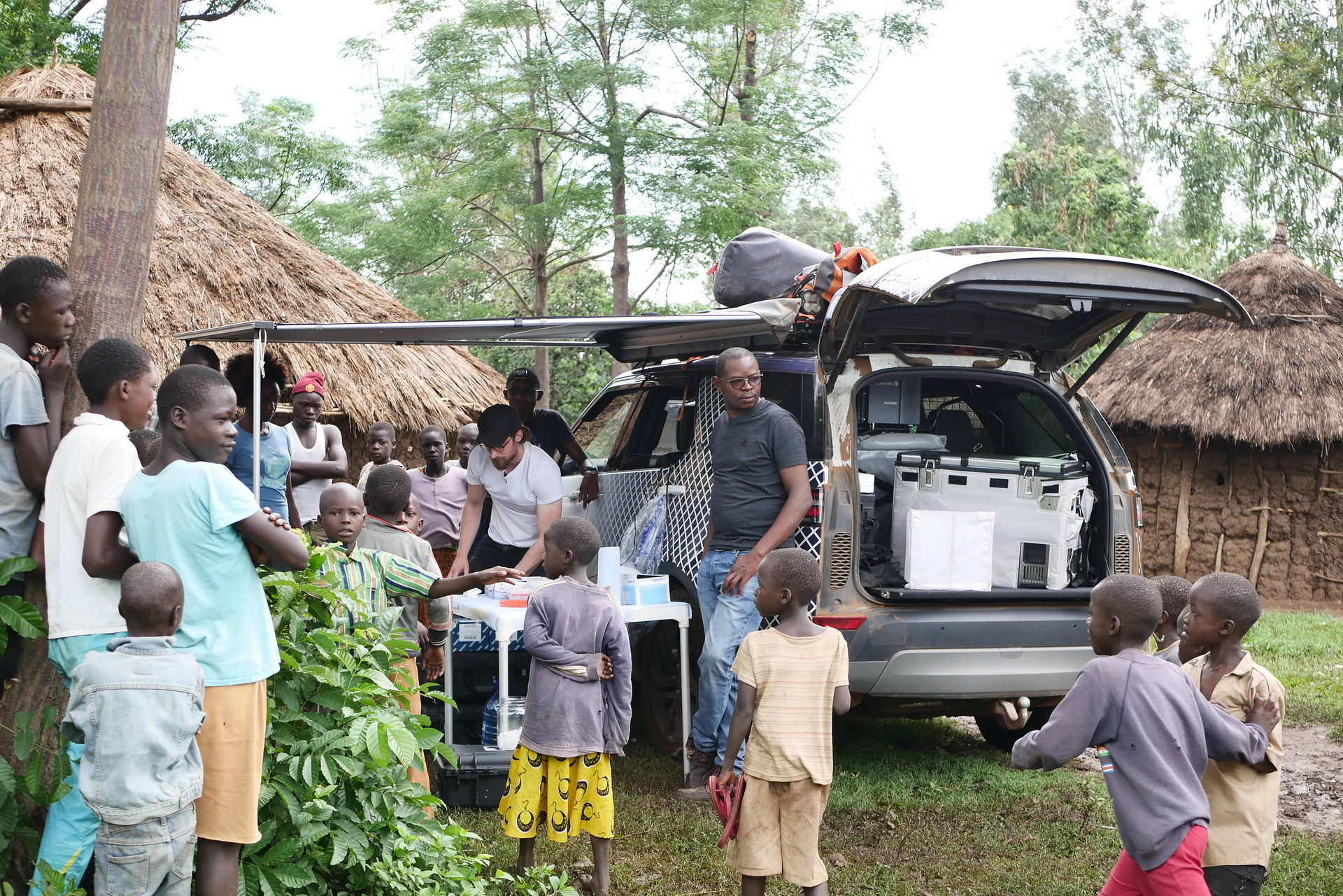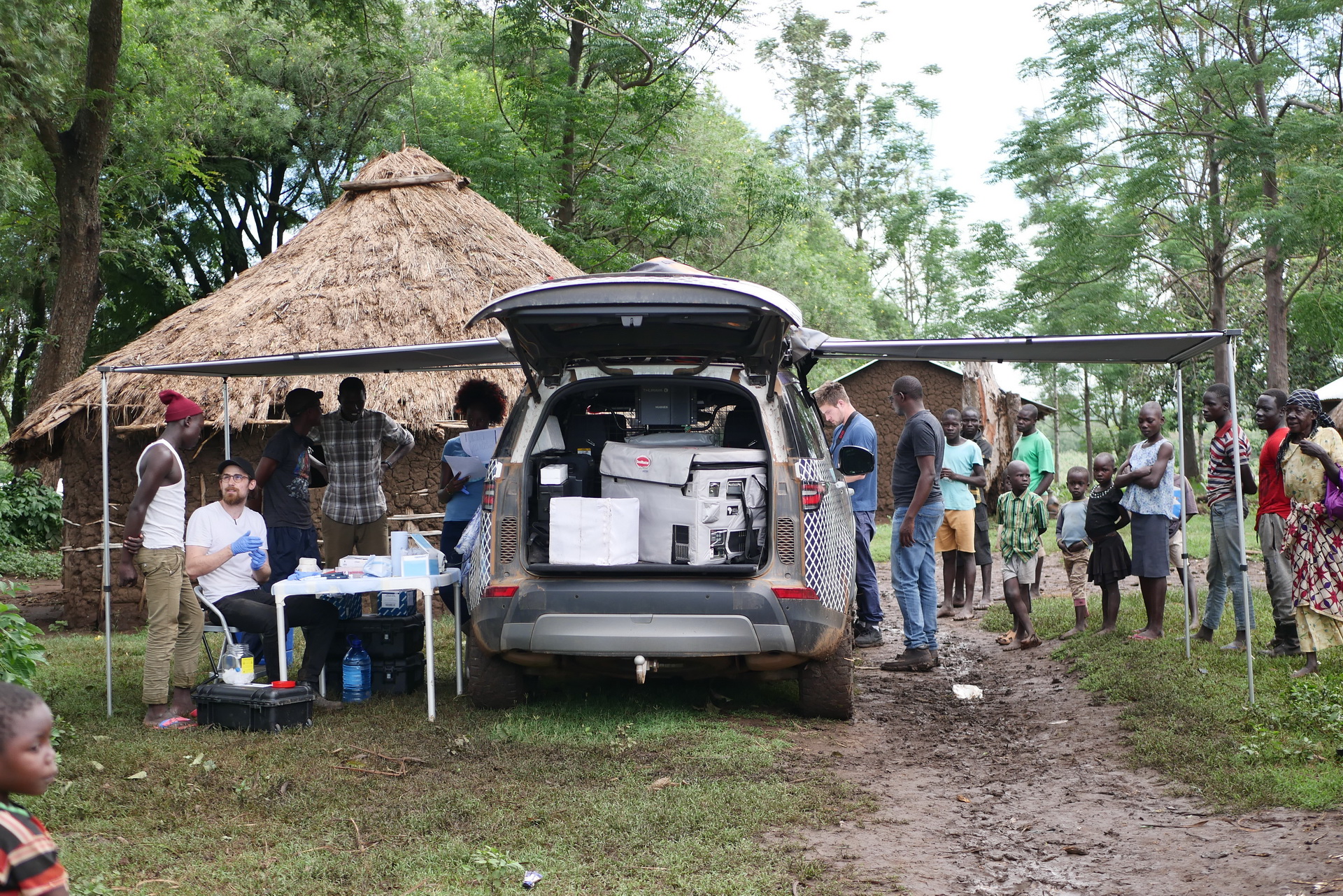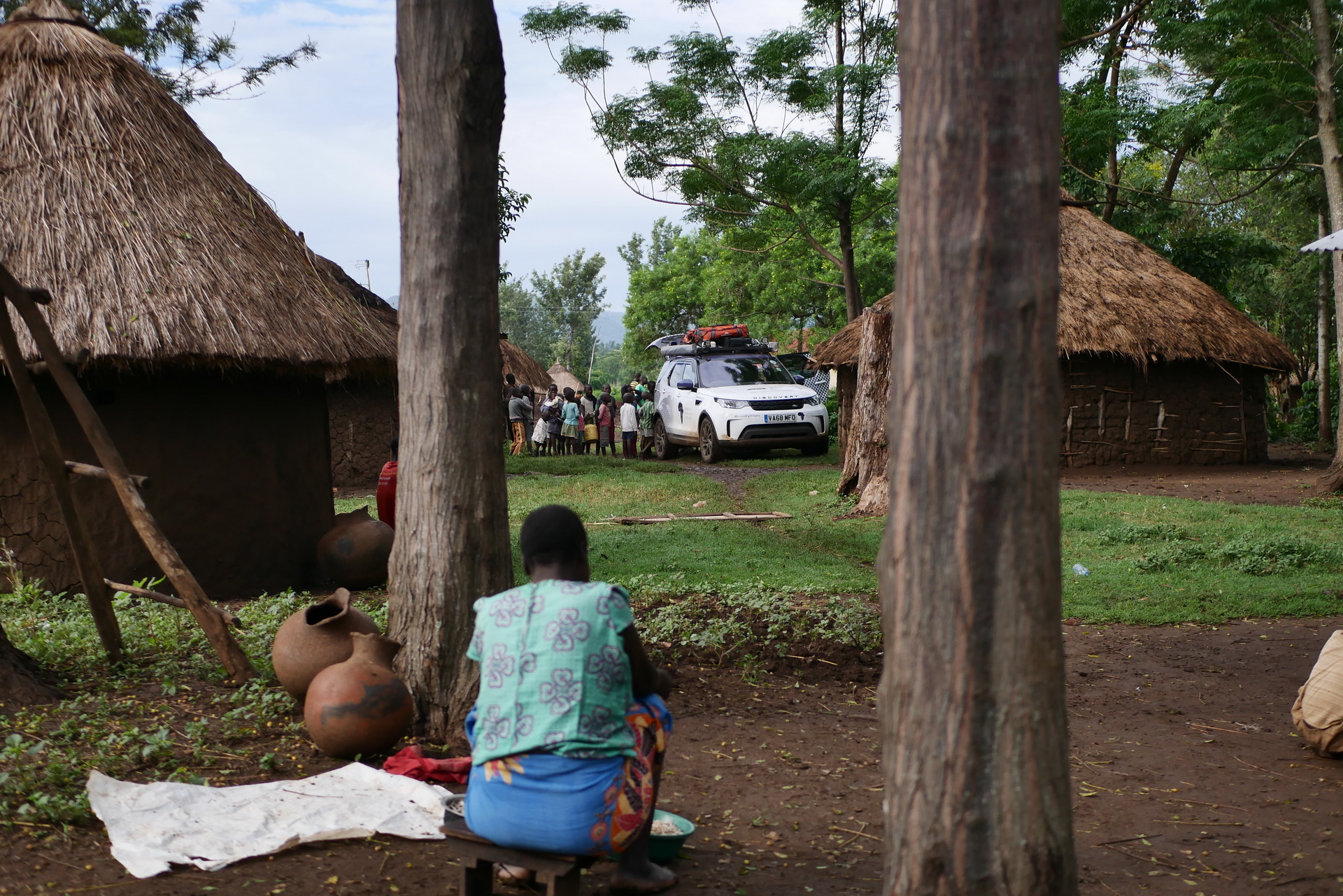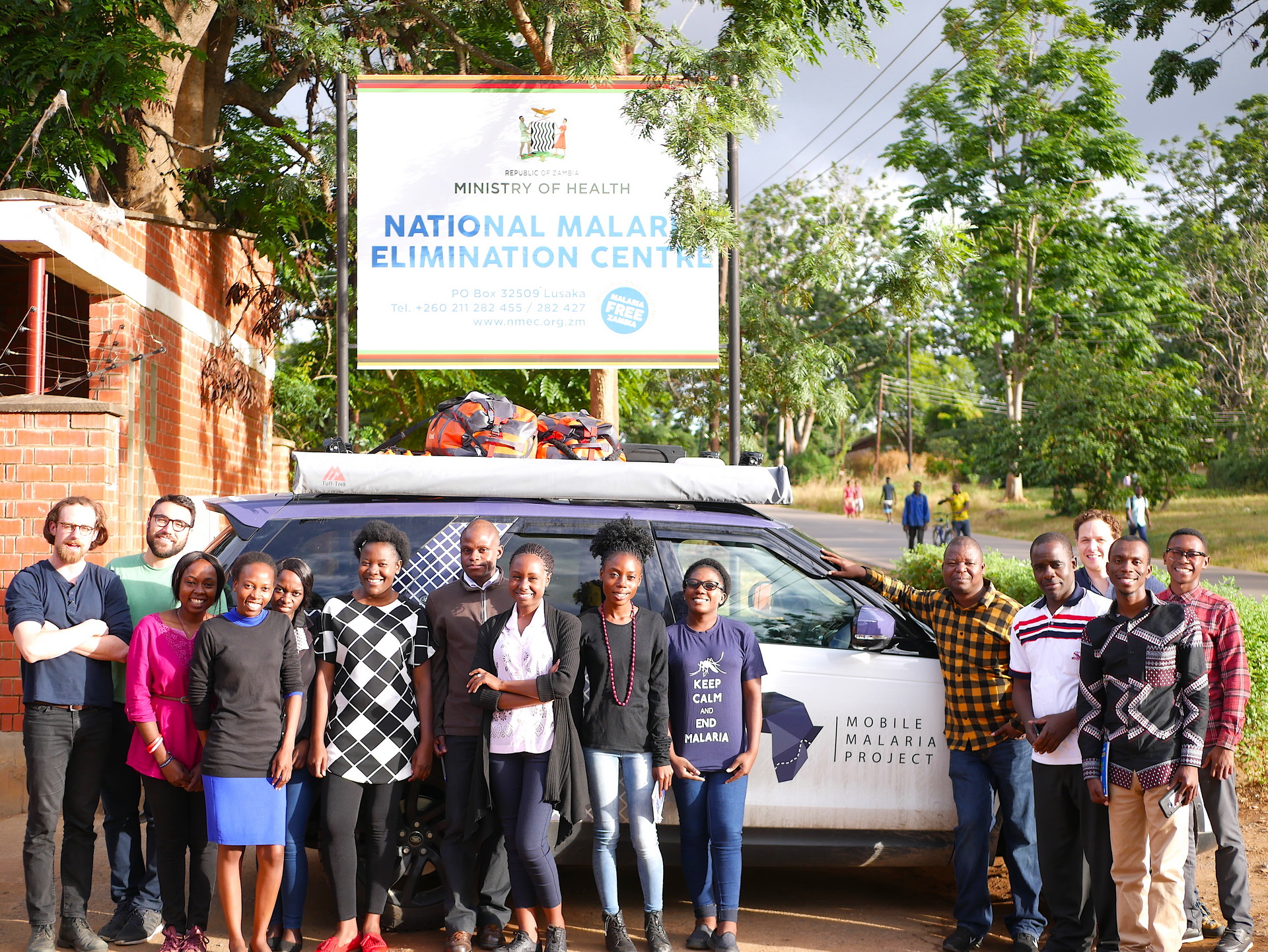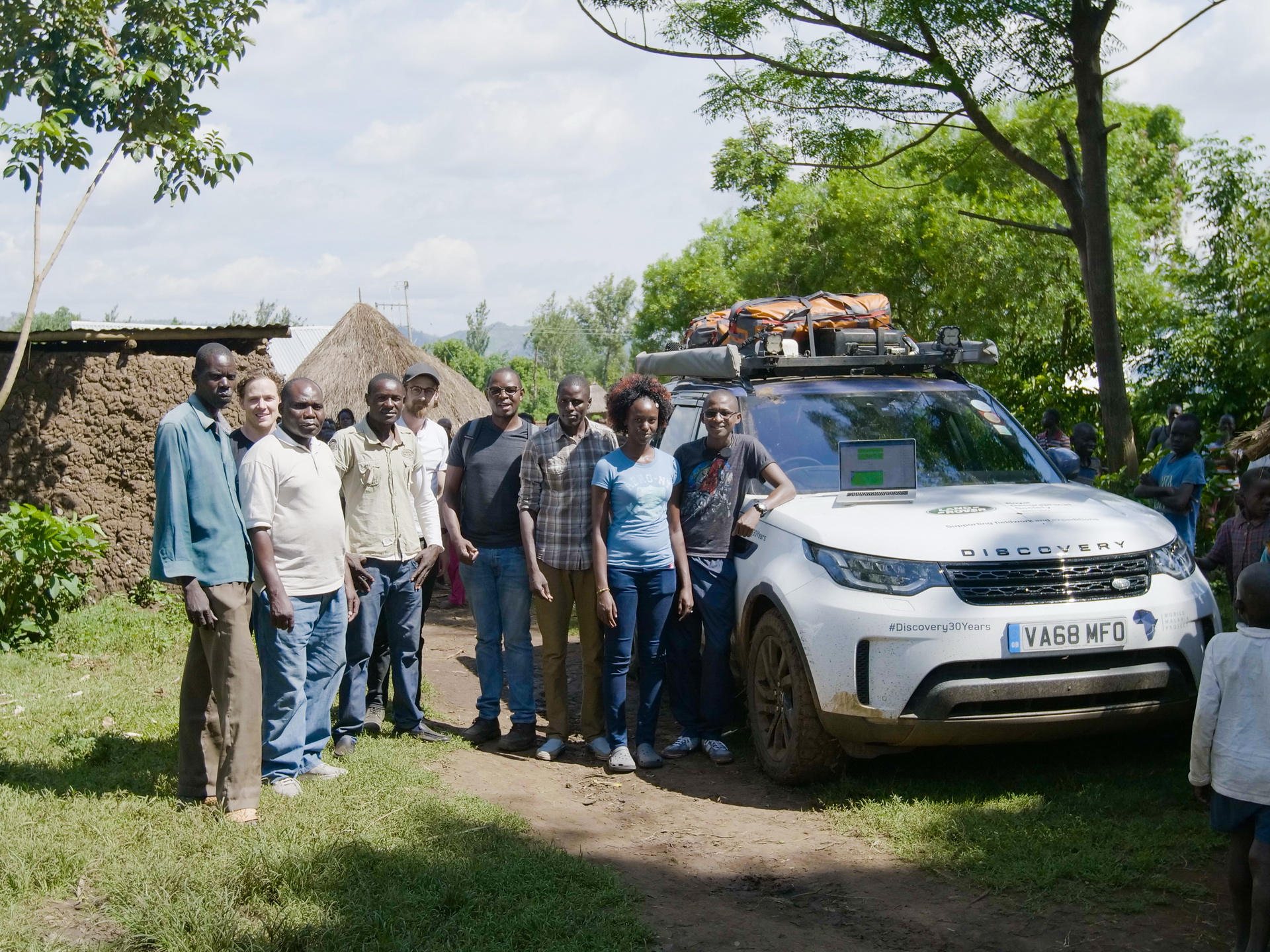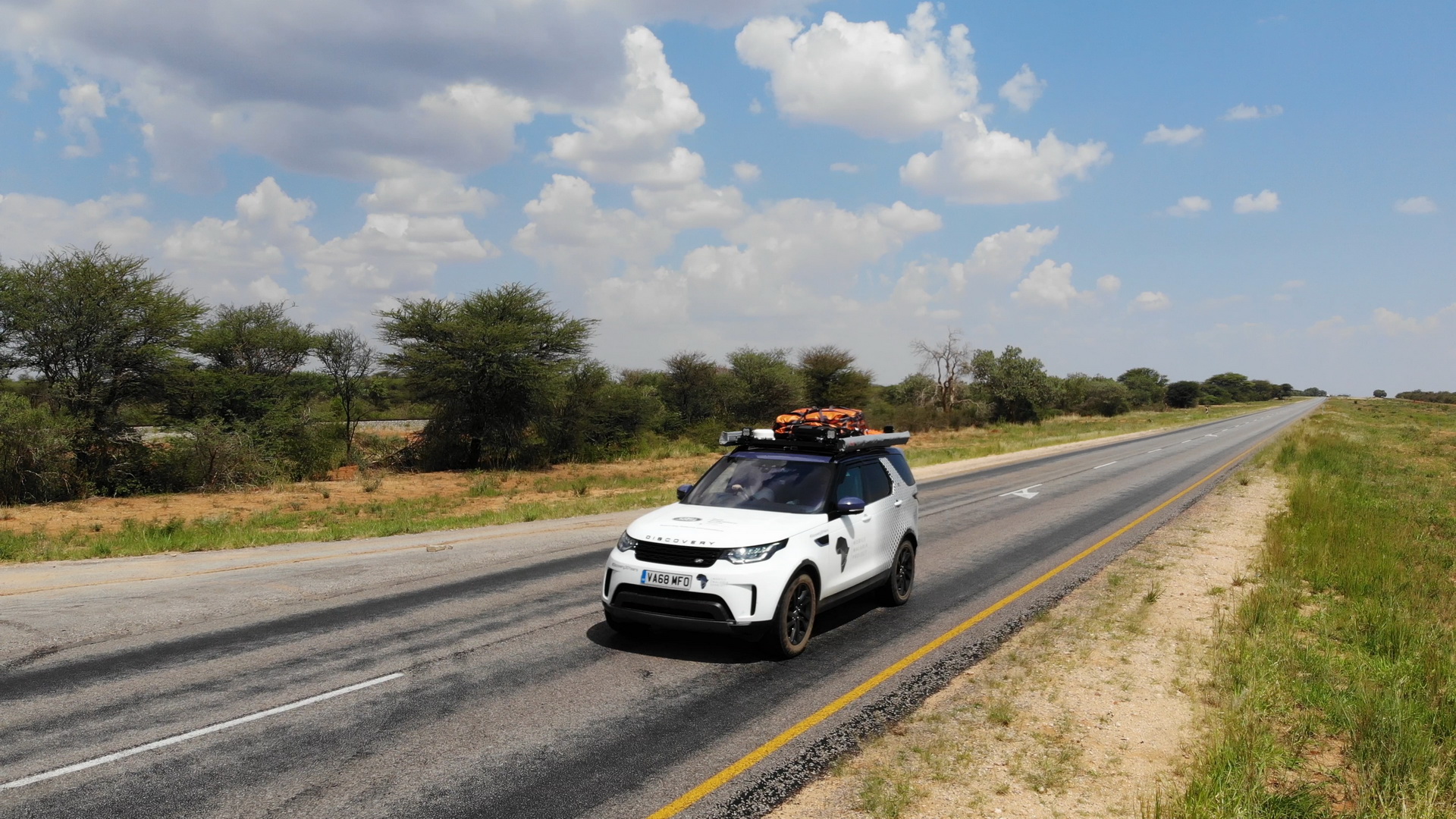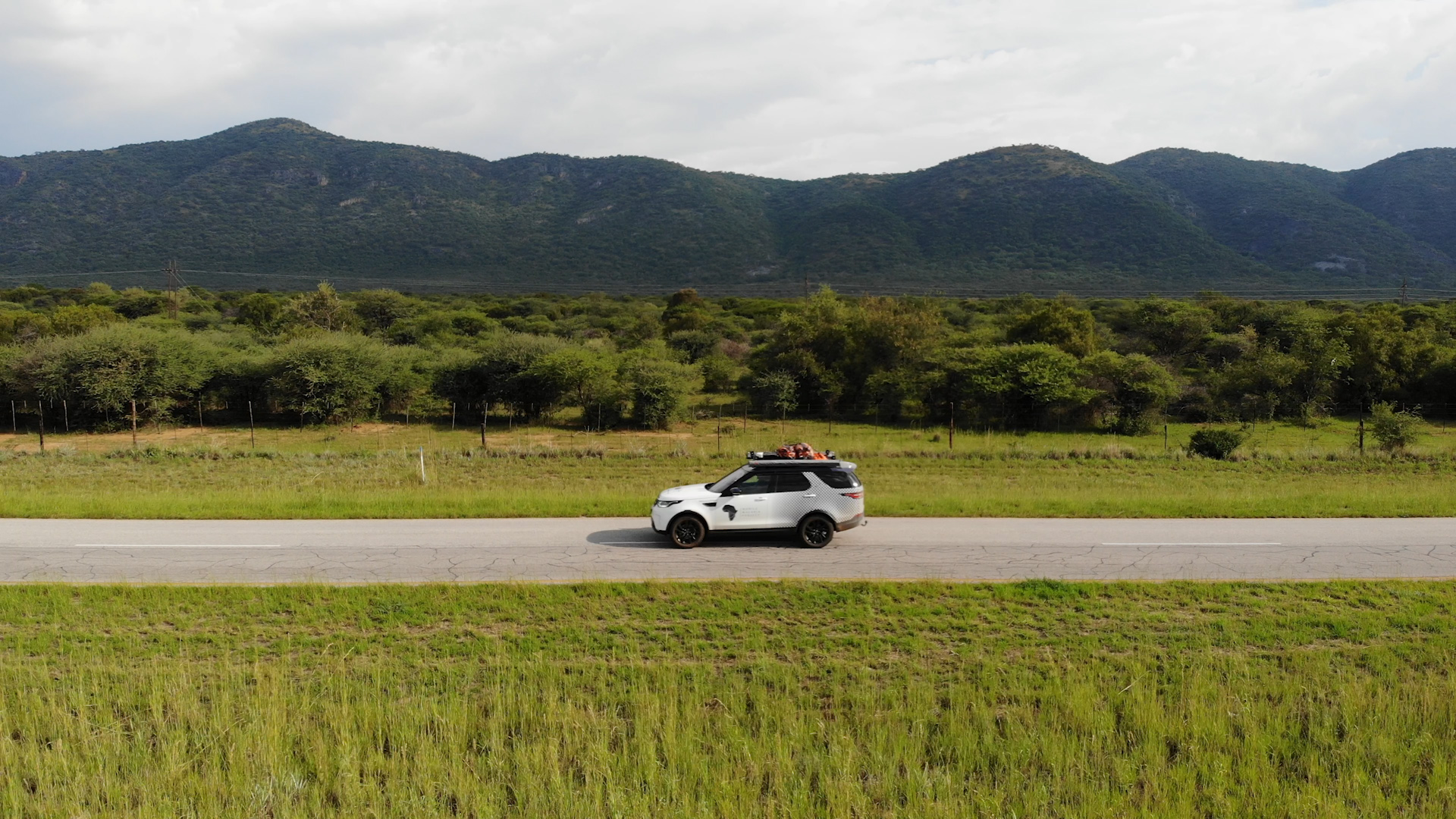Back in March, Land Rover announced that a customized Discovery SUV would embark on an eight-week humanitarian expedition to sub-Saharan Africa as part of the Mobile Malaria Project, with three Oxford University researchers onboard.
Now, the British automaker has announced that the vehicle has covered 4,567 miles (7,350 km) across Namibia, Zambia, Tanzania and Kenya, successfully testing the latest portable genetic sequencing technology in remote locations for the first time.
“Malaria affects millions of people all over the world every year. At Jaguar Land Rover we’re passionate about using our technology to help experts in their field make a real difference and the Land Rover Bursary is a great example of this. We’re really proud the unique Discovery developed by our Special Vehicle Operations team has helped prove that remote DNA sequencing is possible even in hard-to-reach locations,” said Dr Steve Iley, JLR’s Chief Medical Officer.
The bespoke SUV was equipped with a freezer to safely store supplies, a custom load space configuration system for the team’s equipment, plus an on-board expedition battery. Other mods included the purpose-built dual sun awning, rescue kit, winch, sand/mud tracks, roof rack and LED night lamps.
Also read: Land Rover Discovery Landmark Edition Marks 30 Years Of Adventure
“The Discovery was the perfect tool for the job. It took the different terrains in its stride and carried all our kit with ease and performed as a mobile laboratory. Without the support of the Land Rover Bursary we simply wouldn’t have been able to make this important step of proving the viability of remote DNA sequencing in the field of malaria prevention,” added project leader Dr George Busby.
Over the course of their two month trip, the team proved that it’s possible to train people to use technology and to generate information about the amount of resistance in a population from genetic data using only portable equipment (carried in the Discovery). In turn, this proved the value of regional sequencing and that such processes are no longer restricted to large centralized laboratories.



